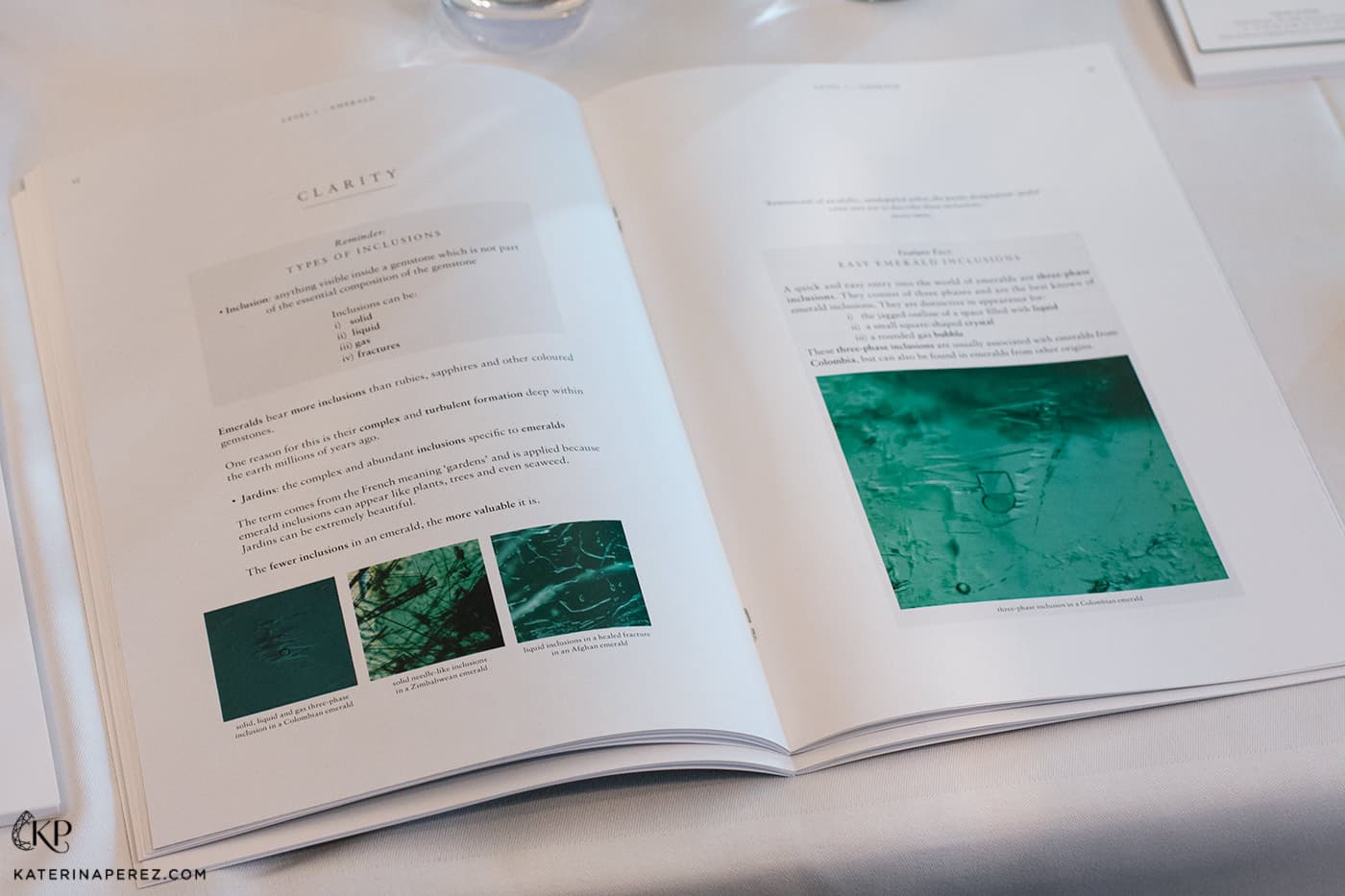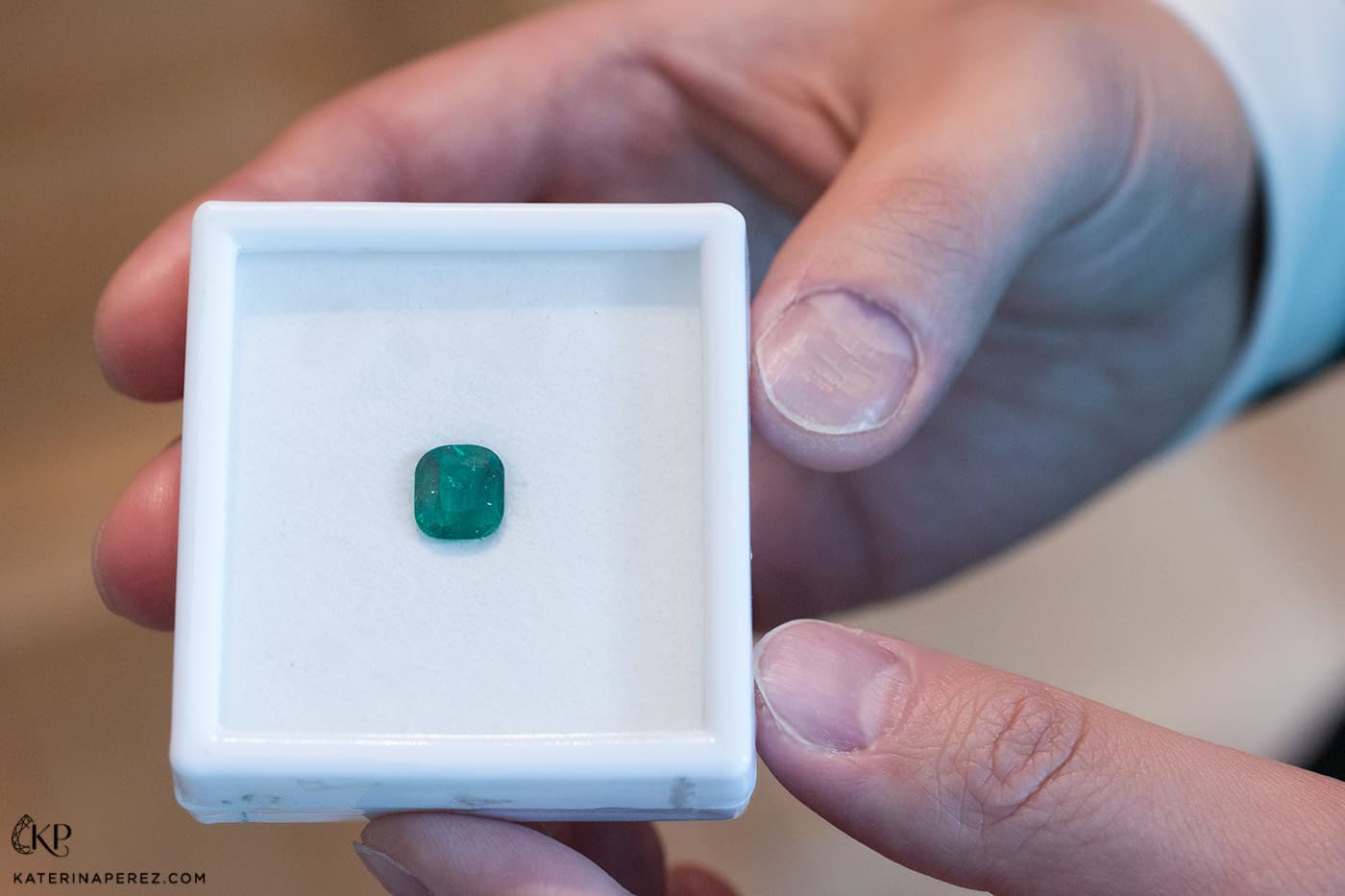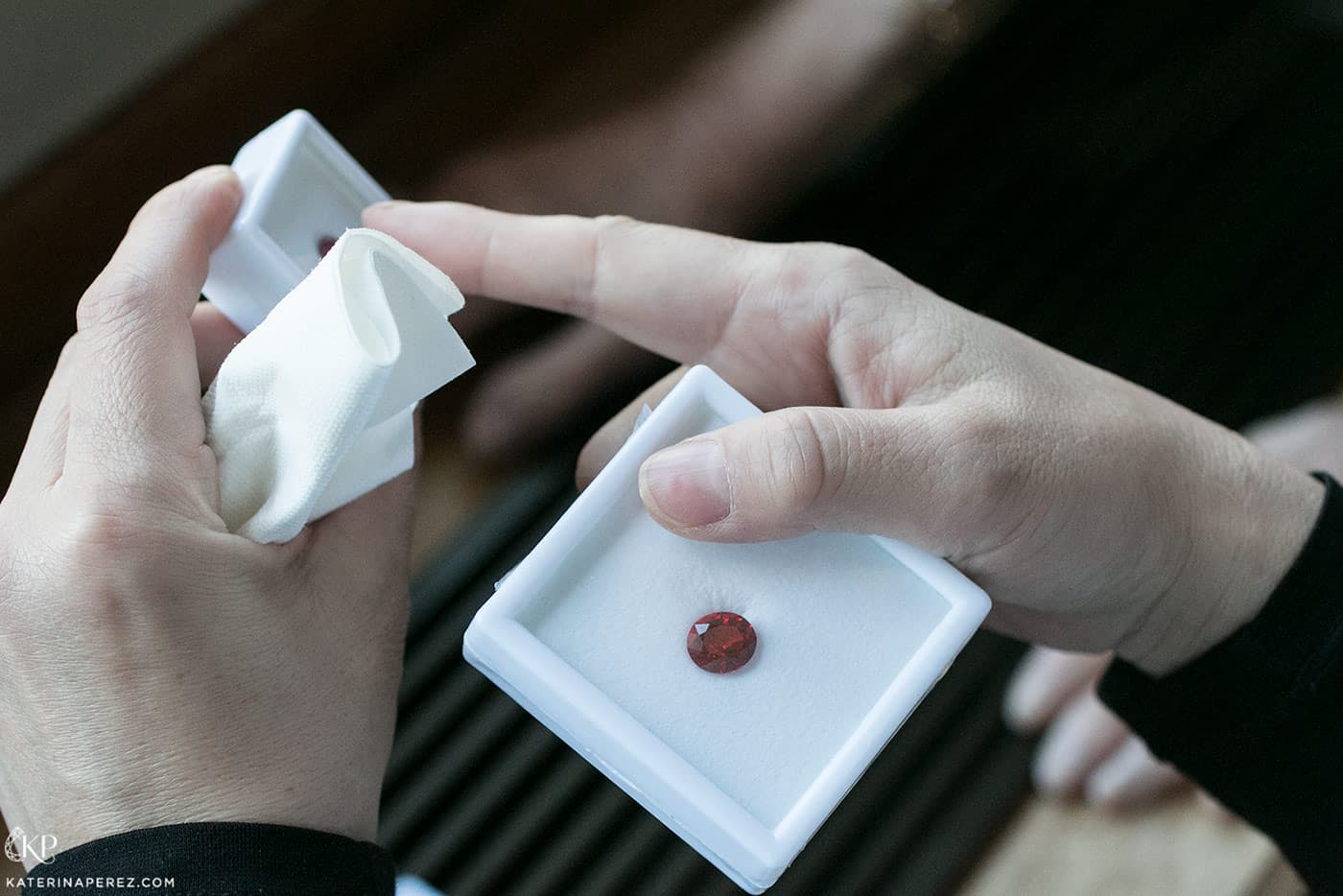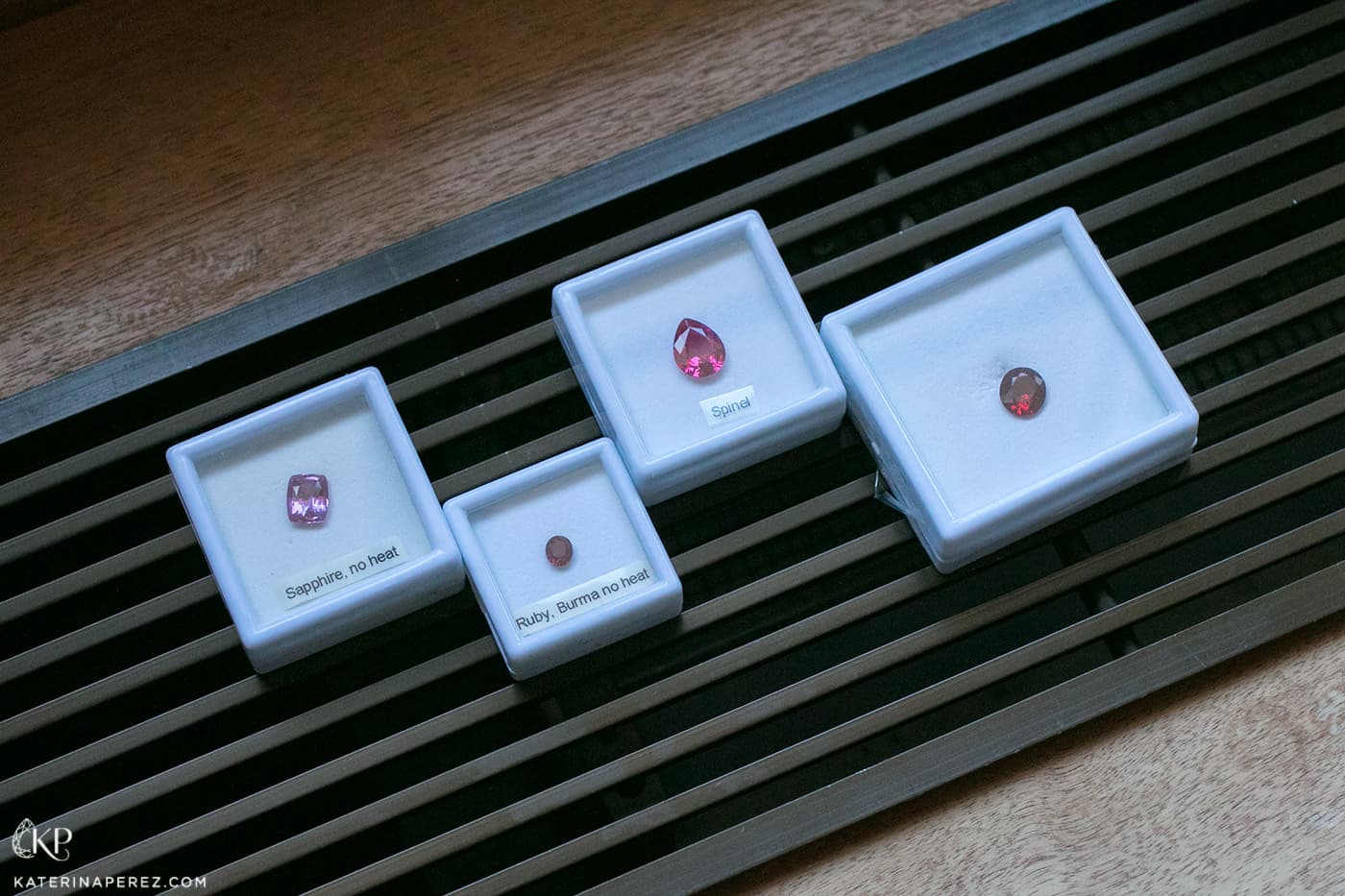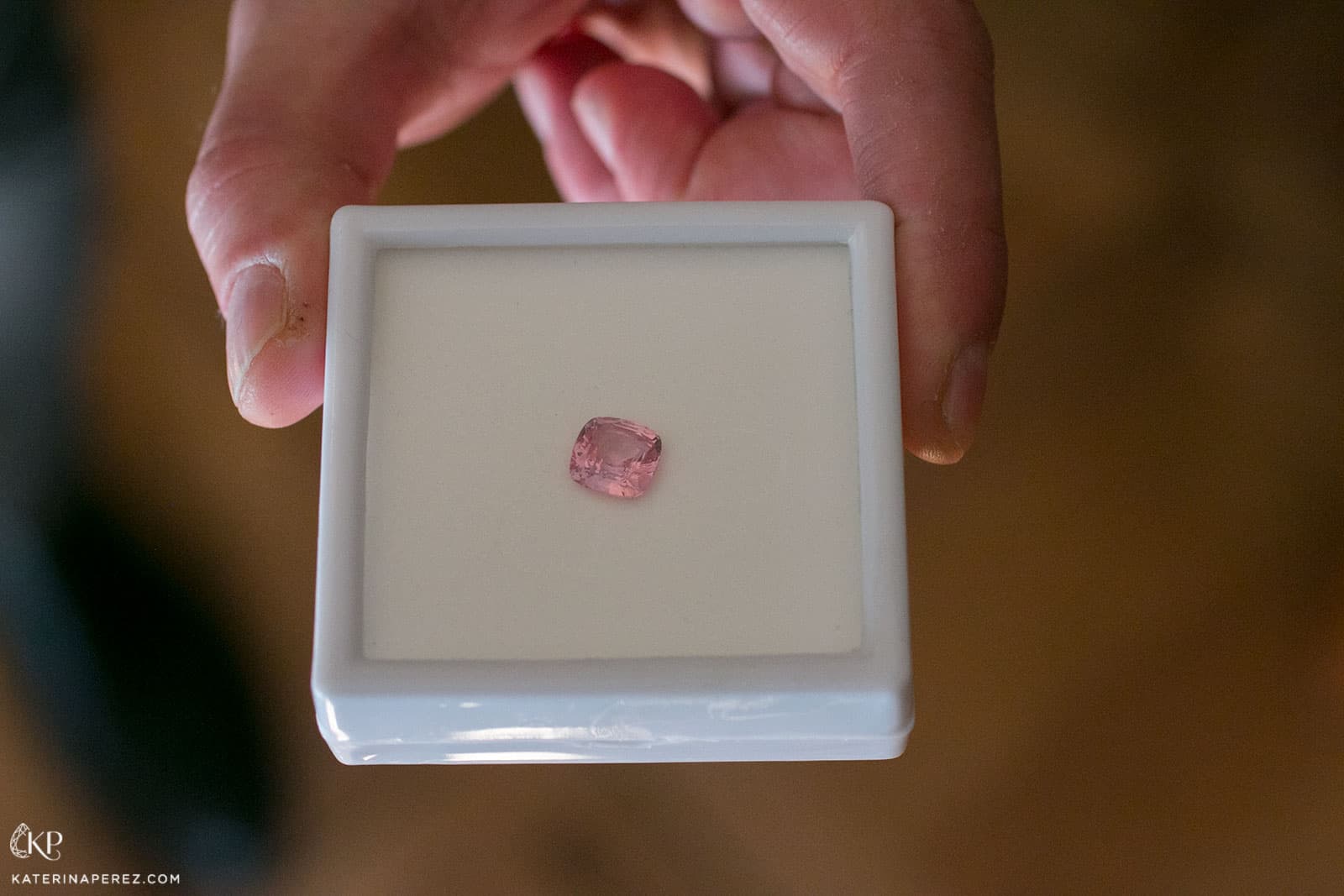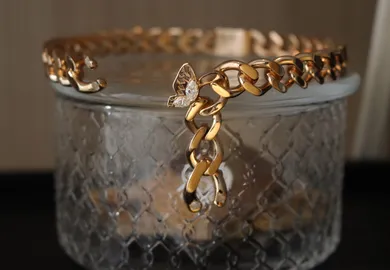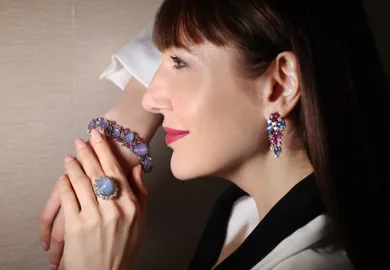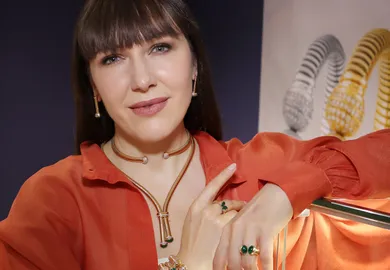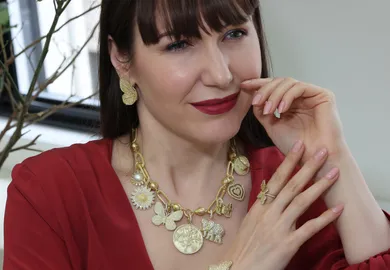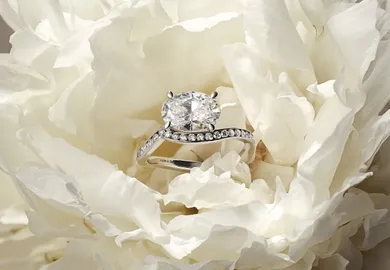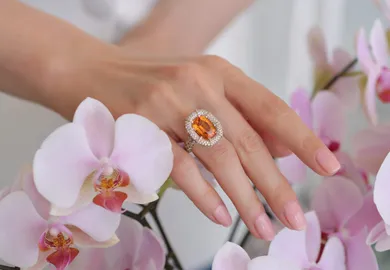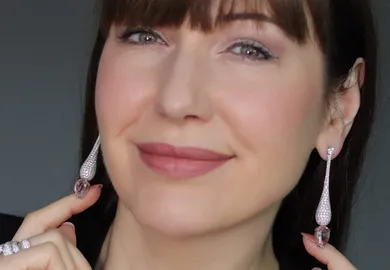
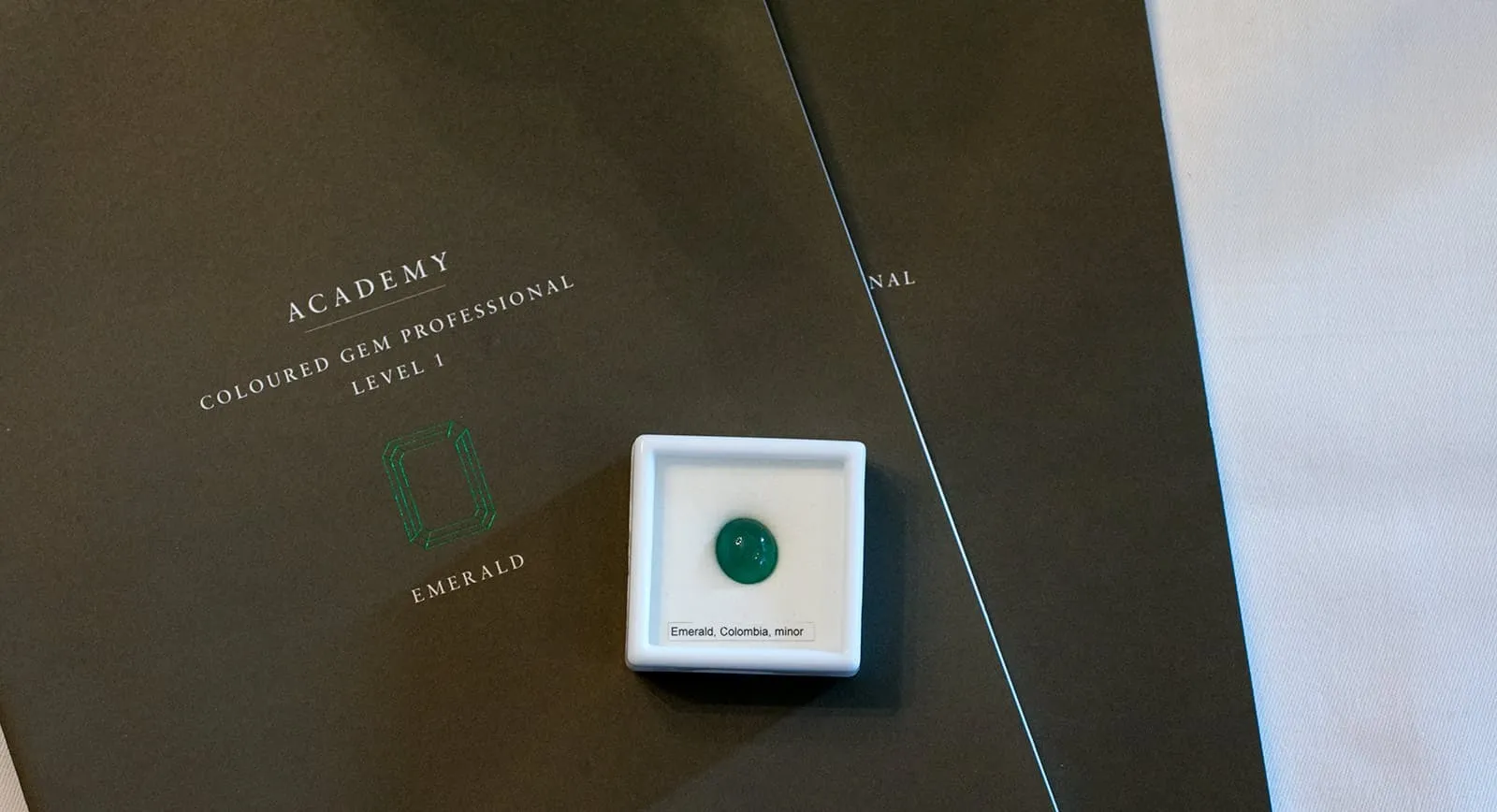
The Gübelin Academy: Accessible Lessons in Gemmology
Gemmology (from the Latin word Gemma – “gem, gemstone”, and the Greek word Λόγος – “word, mind”) is the science of gems: consisting of the study of the physical and optical properties of precious stones; the characteristics of their chemical composition; their decorative and artistic merit; their deposits, as well as technological aspects of treatments and cutting of these gems. But where can one find answers to current questions on the value of gemstones, or of their historical importance, and the aesthetic and emotive decisions which inform the choice of one stone over another? This – and much more – is all taught at the Gübelin Academy course.
Previously, gemmology was mainly a subject of study for those who worked in the industry – those planning on working in jewellery companies, laboratories, boutiques, or buying or cutting stones. However, the jewellery world is changing; becoming more open and engaging to a wider circle of people who are interested in gems as a hobby and who simply want to understand their passion better. Some attend courses in order to be more savvy buyers of jewellery – while others simply wish to broaden their horizons, or (as in my case) to refresh and augment an existing knowledge. Generally speaking, people from a range of different industries come to the Gübelin Academy with a huge range of different depths of knowledge in gemmology. Nevertheless, they all learn something new thanks to the unique approach of the director of the Academy – Helen Molesworth – to the teaching of the curriculum she has developed herself.
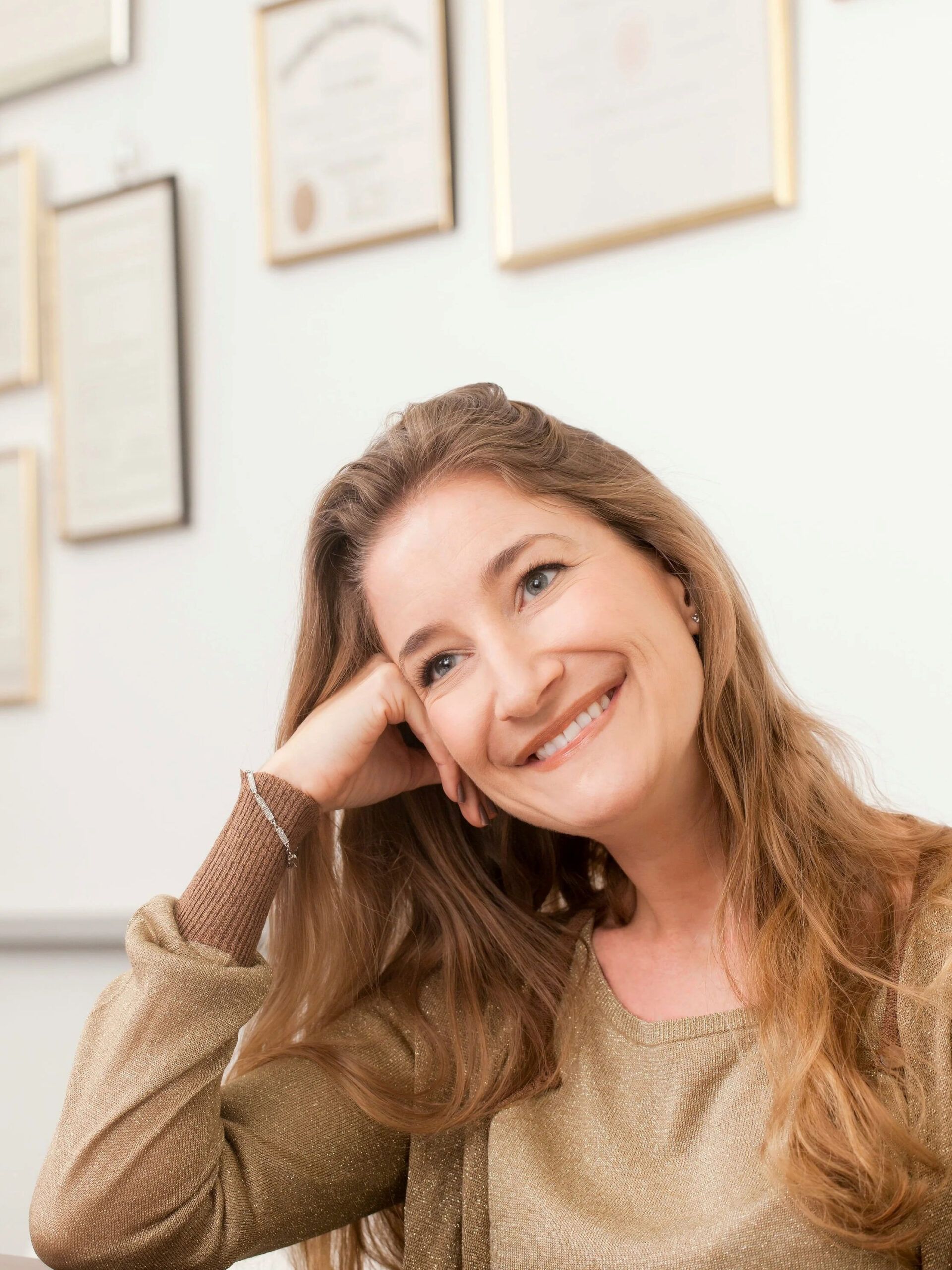
Helen Molesworth
There are no limits to the study of Gemmology and the greater your knowledge deepens, the more you grow aware of just how much more there is to learn. – Helen Molesworth
Her experience includes 10 years of work in auction houses as well as further work as a private jewellery consultant, speaker and jewellery history lecturer at the HEAD University of Geneva. Over the course of her career, she has dealt with all sorts of gems from various regions and eras. It was thanks to this constant interaction with jewels that Helen learned to clearly define their value and what specifically it is that constitutes their worth. The primary characteristic of a coloured gemstone is its colour – Helen has devised a uniquely precise method to identify and remember the range of different coloured gemstones that goes beyond simply identifying their hue. In her course, she teaches three key aspects of gemmology: which included the study of colour, its intensity and its chiaroscuro (how dark or light it can be,) before moving onto the practical application of this knowledge with rubies, sapphires and emeralds.
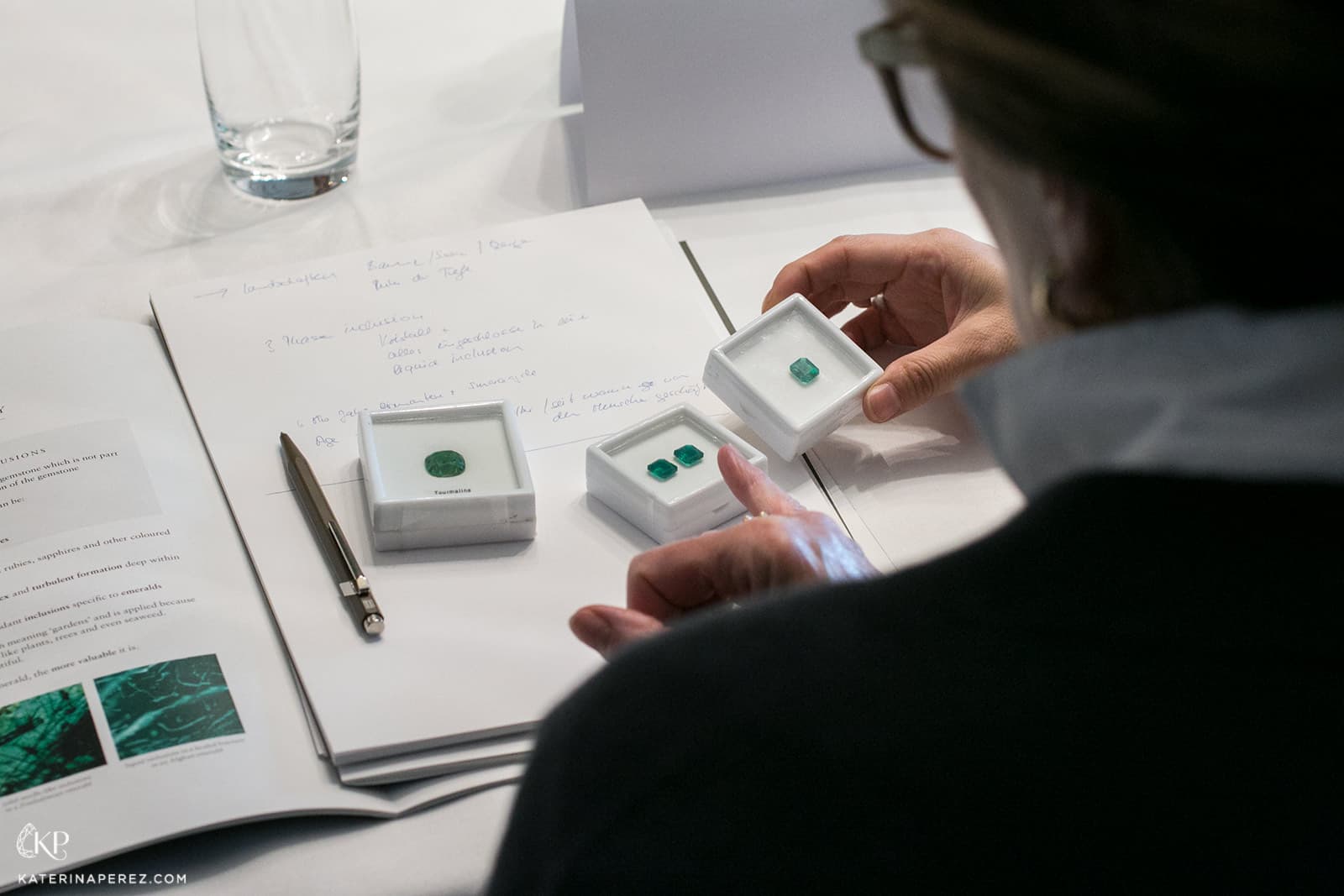
Studying emeralds at the Gübelin Academy
The study of gemmology is as much the study of science as it is of aesthetics: the properties of gemstones; the types of crystal lattices of which they are composed; the hardness of minerals; the tint of their palette; deposits; and even the study of mining and methods of refinement. If you – like me – are not well versed in physics and chemistry, then the true subtleties of the discipline may be something of a challenge. However, the Gübelin Academy’s curriculum focuses on a less technical approach to initial lessons, with information helpfully simplified and synthesised so as to reduce training time. At the very beginning of our studies, we discussed what kind of stone could be called precious, which qualities make them pleasing to the eye, what properties a mineral ought to have in order to be considered suitable for jewellery, and also the process behind valuation. Surely these are all topics that you – readers – as enthusiasts of all things jewellery related, must have at some point considered?
The emotional value of gemstones also has an additional aspect: the value added by historical associations. This is a very important point for emeralds, sapphires, and rubies, as these three stones have been considered the most valuable throughout different ages and civilizations. This enduring historical value is something that continues in our mentality of appreciation still today, Molesworth writes in one of the textbooks. – Helen Molesworth

Studying commercial gemstone sources at the Gübelin Academy
Those who wish to undergo training do it in three stages: first they go through the Level 1 (two days); then Level 2 – a more in-depth study of sapphires, rubies and emeralds (five days) before the final stage – Level 3: five days spent at microscopes and learning laboratory techniques. Since not everyone has the opportunity to set aside two weeks for training, each of the three stages takes place at different times. No matter what your knowledge of gemmology is – if you have an interest in precious stones – a few days at the Gübelin Academy will undoubtedly be of benefit.

WORDS
Katerina Perez is a jewellery insider, journalist and brand consultant with more than 15 years’ experience in the jewellery sector. Paris-based, Katerina has worked as a freelance journalist and content editor since 2011, writing articles for international publications. To share her jewellery knowledge and expertise, Katerina founded this website and launched her @katerina_perez Instagram in 2013.
